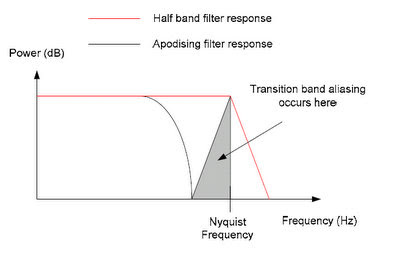yupoet
New Head-Fier
- Joined
- Jan 18, 2010
- Posts
- 37
- Likes
- 0
Starting a new discussion for Audio-gd's digital filter which is also known as "flavor switch" for NFB5, NFB9, NFB10se, NFB3.1
Any comments / reviews and discussion is appreciated.
What's advantage of setting the digital filter characteristic:
[size=x-small]Except the NOS DACs , all DACs have applied the digital filter, the digital filter characteristic effects the sound quality and flavors. Most DACs have the fixed digital filter characteristic maybe not the best taste for the users. The NFB-x have 9 types digital filter characteristic for users find the best sound of personal sense.[/size]
As I know, the digital filter is built-in component of WM8741.






